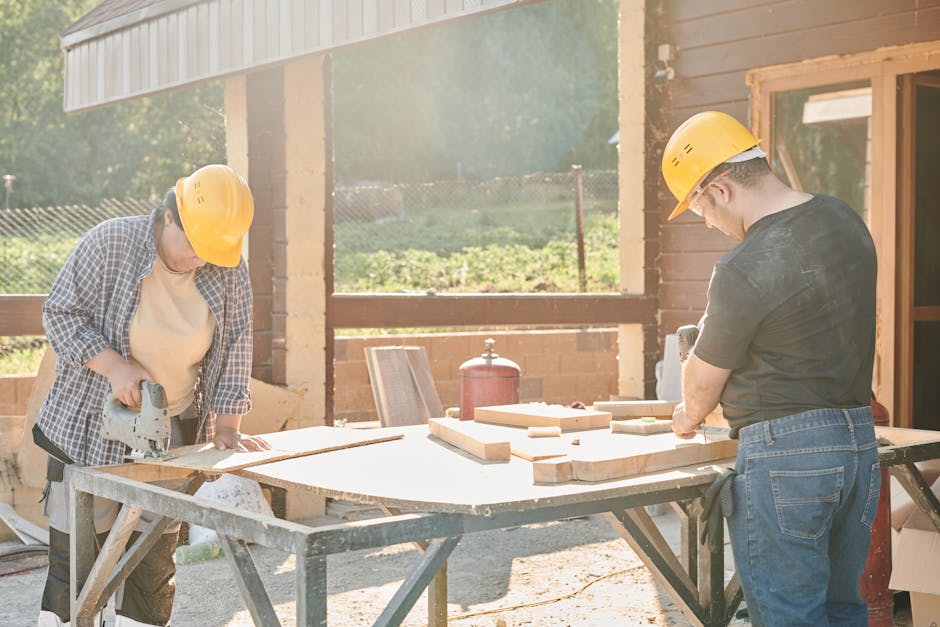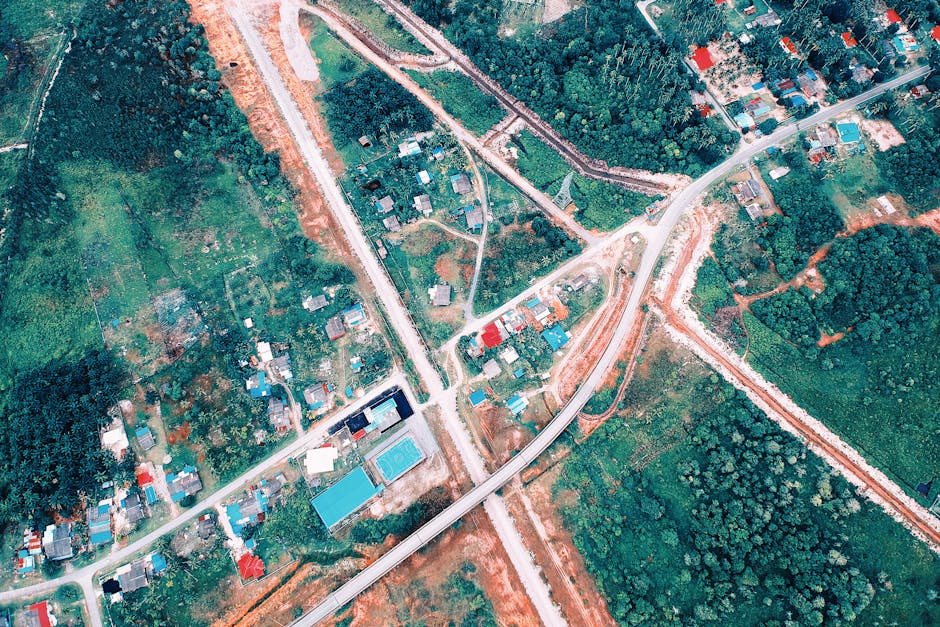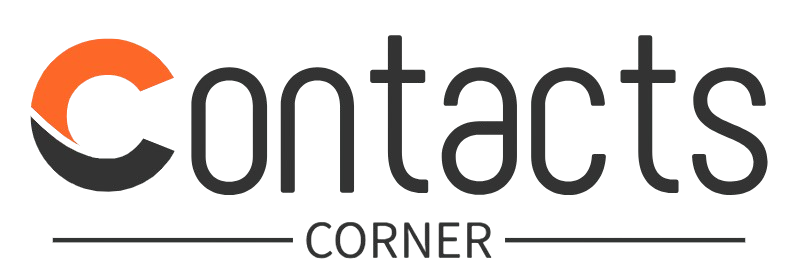Building Stronger Communities: A Comprehensive Guide
Communities are the backbone of society, providing support, connection, and a sense of belonging for individuals. As we navigate an increasingly complex world, the importance of building stronger communities becomes evident. But what does it take to foster a sense of unity, collaboration, and resilience within a community? In this article, we will explore the various facets of community building, from understanding the foundation of strong communities to practical steps that can be taken to enhance community cohesion. Let’s delve into the world of community building and discover how we can all contribute to creating a more connected and empowered society.
The Foundation of Strong Communities

Strong communities are built on a foundation of trust, communication, and shared values. These elements form the bedrock of a resilient community that can weather challenges and thrive in the face of adversity. Trust is essential in fostering positive relationships among community members, as it creates a sense of security and mutual respect. When individuals trust one another, they are more likely to collaborate, support each other, and work towards common goals. Communication is another key component of strong communities, enabling open dialogue, exchange of ideas, and effective problem-solving. By fostering clear and transparent communication channels, communities can ensure that all voices are heard and that decisions are made collectively. Shared values serve as the guiding principles that unite community members and provide a sense of purpose and direction. When individuals share common beliefs, goals, and aspirations, they are more likely to come together, support each other, and work towards a common vision.
Empowering Community Members

Empowering community members is essential for building a strong and resilient community. When individuals feel empowered, they are more likely to take ownership of their community, contribute their skills and talents, and actively participate in community initiatives. Empowerment can take many forms, from providing access to education and resources to fostering leadership skills and promoting civic engagement. By investing in the empowerment of community members, communities can tap into the full potential of their residents and create a more vibrant and inclusive environment. Empowerment also involves giving individuals a voice and a platform to express their opinions, concerns, and ideas. When community members feel heard and valued, they are more likely to engage in community activities, take on leadership roles, and contribute to the overall well-being of the community.
Building Social Capital

Social capital refers to the networks, relationships, and social norms that facilitate cooperation and collaboration within a community. Building social capital is crucial for creating a strong and interconnected community where individuals can rely on each other for support, information, and resources. Social capital can take many forms, from informal social networks to formal community organizations and institutions. By nurturing social capital, communities can create a sense of solidarity, trust, and reciprocity among members, leading to increased social cohesion and collective action. Social capital also plays a key role in fostering resilience and adaptation in the face of challenges, as communities with strong social ties are better equipped to respond to crises and navigate change.
Promoting Diversity and Inclusion

Diversity and inclusion are essential components of strong communities, as they enrich the social fabric, foster creativity and innovation, and promote understanding and empathy among individuals. Embracing diversity means recognizing and celebrating the unique backgrounds, perspectives, and experiences of community members. By creating an inclusive environment where all voices are valued and respected, communities can harness the power of diversity to drive positive change and promote social cohesion. Inclusive communities are also more resilient and adaptive, as they can draw on a wide range of perspectives and skills to address complex challenges and opportunities. By promoting diversity and inclusion, communities can create a more equitable and just society where everyone has the opportunity to thrive and contribute to the common good.
Creating Opportunities for Collaboration
Collaboration is key to building stronger communities, as it enables individuals to work together towards common goals, share resources and expertise, and create collective impact. Creating opportunities for collaboration can take many forms, from organizing community events and projects to establishing partnerships with local businesses and organizations. By fostering a culture of collaboration, communities can leverage the diverse skills and talents of their members to address pressing issues, achieve shared objectives, and build a more resilient and sustainable future. Collaboration also fosters a sense of belonging and connection among community members, as they come together to achieve common goals and make a positive impact on their community.
Investing in Community Resources
Investing in community resources is essential for building stronger communities that can support the well-being and prosperity of all residents. Community resources can include physical infrastructure such as parks, schools, and community centers, as well as social services, programs, and initiatives that enhance the quality of life for community members. By investing in community resources, communities can create a more equitable and inclusive environment where everyone has access to essential services, opportunities, and support. Strong community resources also contribute to social cohesion, economic development, and overall community resilience, as they provide the foundation for a thriving and vibrant community.
Engaging Youth and Future Generations
Engaging youth and future generations is crucial for building stronger communities that can thrive and adapt to changing circumstances. Young people are the future leaders, innovators, and change-makers of society, and investing in their development and empowerment is essential for creating a sustainable and resilient community. By providing opportunities for youth engagement, mentorship, and leadership development, communities can harness the energy, creativity, and passion of young people to drive positive change and shape the future of their community. Engaging youth also fosters intergenerational connections, as older and younger generations come together to share knowledge, experiences, and perspectives, creating a more cohesive and inclusive community.
Conclusion
To wrap things up, building stronger communities requires a collective effort to foster trust, communication, empowerment, social capital, diversity, collaboration, and community resources. By investing in these key areas, communities can create a more resilient, connected, and inclusive environment where all members can thrive and contribute to the common good. As we navigate the challenges of the 21st century, the importance of building stronger communities becomes even more evident, as communities play a vital role in promoting social cohesion, economic development, and overall well-being. By working together to build stronger communities, we can create a more vibrant, equitable, and sustainable society for future generations to come.




